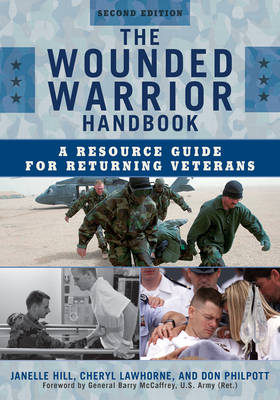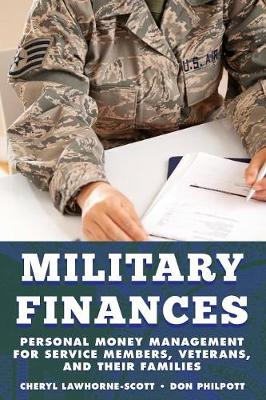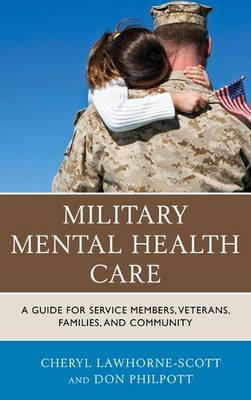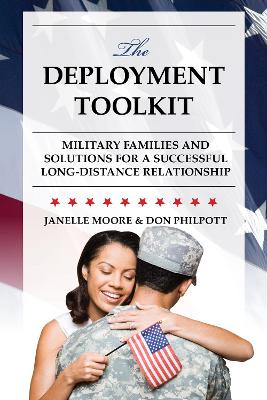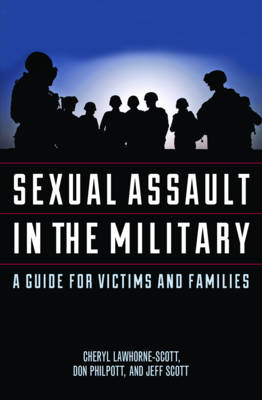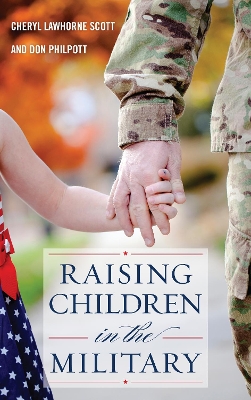Military Life
2 primary works • 8 total works
Book 1
The Wounded Warrior Handbook
by Janelle B. Moore, Cheryl Lawhorne-Scott, and Don Philpott
The second edition of this popular resource guide has been thoroughly revised to reflect new policies, additional benefits, updated procedures, and changes to insurance, including traumatic injury insurance and social security disability insurance. New chapters cover veterans' benefits in depth-which have seen significant changes in the last two years-and returning to active duty after an injury.
As in the previous edition, this guide directs you to answers and resources for the most pressing and difficult questions that wounded veterans face, such as:
*Where can I find information on symptoms and treatments of injuries?
*How do I get through all this paperwork?
*Where can I get legal assistance?
*What can I do for employment?
*How do I get back into everyday life?
*How can I return to active duty?
*How do I deal with insurance?
*What benefits are available to me, and how do I claim them?
*What about my family? How can they help me?
This trusted resource is both comprehensive and easy to use, and now the most up-to-date guide for wounded veterans and their families dealing with active-duty injuries.
Book 2
Military Marriage Manual
by Janelle Hill, Cheryl Lawhorne, Don Philpott, and Janelle Moore
Life After the Military
by Janelle B. Moore, Don Philpott, and Cheryl Lawhorne-Scott
The book discusses the many issues that transitioning veterans are faced with such as finding employment, going back to school, managing finances, special benefits available to veterans, and a host of other issues the transitioning veteran is likely to face when making the move to civilian life. It also discusses the emotional and psychological challenges that come with leaving the military and settling into life as a civilian. This book is essential for all who are transitioning out of the military, as well as their loved ones.
This book provides a one-stop guide to navigating the many financial questions facing today's military in all phases of service:
*Active duty
*Preparing for transition or retirement
*And post-military lives and careers
It covers general financial planning along with many specific aspects of money management vital to military members and their families, proving an indispensable and informative resource for those who fight to defend our freedoms every day, and have for generations.
At times the added stresses of military life often make things seem overwhelming. Luckily, the military is a huge family with scores of support groups, both official and unofficial, to help families prepare for separation and the stresses associated with the long absences. Janelle Moore and Don Philpott provide an easily accessible self-help guide to dealing with and understanding deployment. The authors identify the different types of separations and deployments, emotional adjustments involved, and resources available to families in the military.
The Deployment Toolkit is essential reading for those families who need a guide through the modern day reality of military deployment and separation.
Sexual Assault in the Military
by Cheryl Lawhorne-Scott, Don Philpott, and Jeff Scott
While more and more attention focuses on getting victims to report their abuse, accessing information can still be difficult for service-members. Understanding that the military is making changes, and offering support is a necessary step towards how best to treat these cases and how to get help and justice. Cheryl Lawhorne-Scott and Don Philpott discuss the current state of affairs, the systems in place, and the supports available to victims and families. They provide documents that outline how reporting can and should take place, how cases should be handled through the military justice system, and how and where victims can access resources, including counseling. By providing this information in one ready resource, the authors hope to assist in changing the culture of silence and fear, as well as provide education surrounding military sexual assault and harassment.
Raising Children in the Military
by Cheryl Lawhorne-Scott, Don Philpott, and Jeff Scott
Here, the authors have assembled information about common problem areas and have included detailed information about solutions and resources available. The information in this guide has been carefully gathered from hundreds of sources and resources and includes the most up to date information about child services and benefits from the Department of Veterans Affairs, allowing serving members of the military with children to quickly access information that they need regarding all aspects of child care, from raising a family to education, and from coping with constant moves to grief counseling. It also covers other critical issues such as wellness, family solidarity, benefits, insurance and problems such as addiction and domestic violence. Readers will gain a better understanding of what child services and benefits are available and how to obtain them as well as secrets for successful relationships and family bonding.
